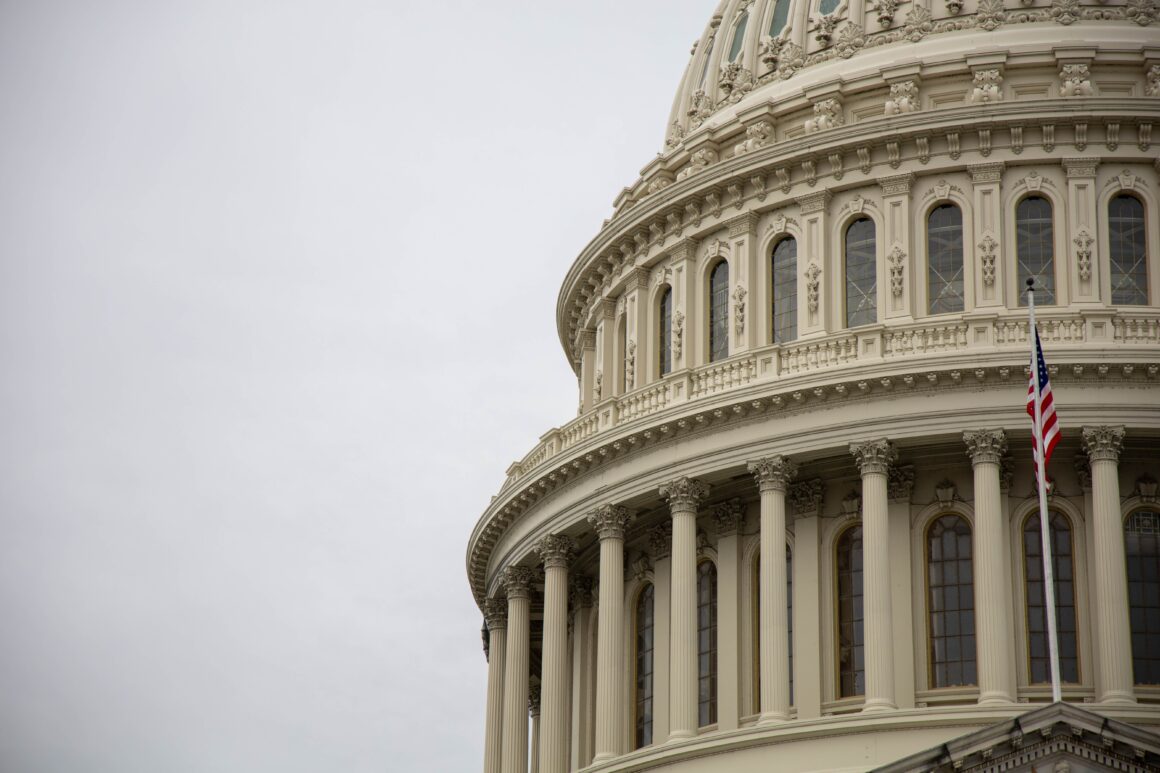The New York Times is an esteemed publication — this is irrefutable. The Times have over a million digital subscribers, and most recently, was credited for publishing the Harvey Weinstein expose. Although this publication may seem like a professional and liberal news outlet, it has recently come under fire for publishing a story originally titled “In America’s Heartland, the Nazi Sympathizer Next Door”. Since the article garnered largely critical responses, the title was later changed to “A Voice of Hate in America’s Heartland”.
Much of the criticism was around the apparent normalization of the self-described white nationalist featured in the article. The article starts off innocuous, detailing Tony Hovatar’s recent marriage before casually mentioning that he was indeed a white supremacist. This cursory introduction followed by the mentioning of Hovatar being an “avowed white nationalist” is startlingly nonchalant. Since when did the connotation of white supremacy become so comfortable in our mouths that an introduction such as this would feel acceptable to publish?
This is later shown again when the article describes Hovatar:
“[Hovatar] is the Nazi sympathizer next door, polite and low-key at a time the old boundaries of accepted political activity can seem alarmingly in flux. Most Americans would be disgusted and baffled by his casually approving remarks about Hitler, disdain for democracy and belief that the races are better off separate. But his tattoos are innocuous pop-culture references: a slice of cherry pie adorns one arm, a homage to the TV show “Twin Peaks.” He says he prefers to spread the gospel of white nationalism with satire. He is a big “Seinfeld” fan.”
Seeing phrases like “approving remarks about Hitler” and “belief that the races are better off separate” being coupled with humanizing aspects such as tattoo descriptions is surprising. Yes, this man believes that I shouldn’t be allowed to live alongside my white neighbors, but hey, he likes Twin Peaks!
This normalization of white supremacy has dangerous effects. This is precisely how the seed of racism gets planted, and exactly how it grows into something awful. Most Nazis were first normal Germans. And one day, they discovered that blaming something as arbitrary as race was an acceptable explanation for unsavory things in their lives. Then they adopted this sentiment as their own.
It’s incredibly sad that saying “White supremacists should not be given an amplified voice to belch their racism” is now a political statement. History has taught time and time again that normalizing hate leads to the spread of it. The Times should be very ashamed of this publication. How many levels did this article have to pass before it was published? How many people read the article and did not see what was so obviously wrong with it?
It can be hypothesized that in today’s political climate, where we’ve seen a spike in Nazi marches, that characterizing a white supremacist as normal may not feel that absurd. The fact that the phrase “Nazi” does not carry as much shock value as it did before is upsetting, but breaking the habit of normalizing the platform of hate that they stand on is the first step to putting racism back on its lowest place.
Photo: George Etheredge / The New York Times




